Here are some interesting facts about Tasmania that you probably didn't know about.
Tasmania is widely known for having the cleanest air in the world – combine that with some of the best scenery, unique wildlife and its rich history, it makes this Australian destination a must-visit.
Its beautiful landscapes, warm people and delicious food and wine offers plenty of opportunities to actively explore its stunning wilderness and embrace its many charming cities and towns.
While it may be the smallest island state of Australia, it’s not short of fascinating facts. Read on below and see what makes this travelling destination extra special.
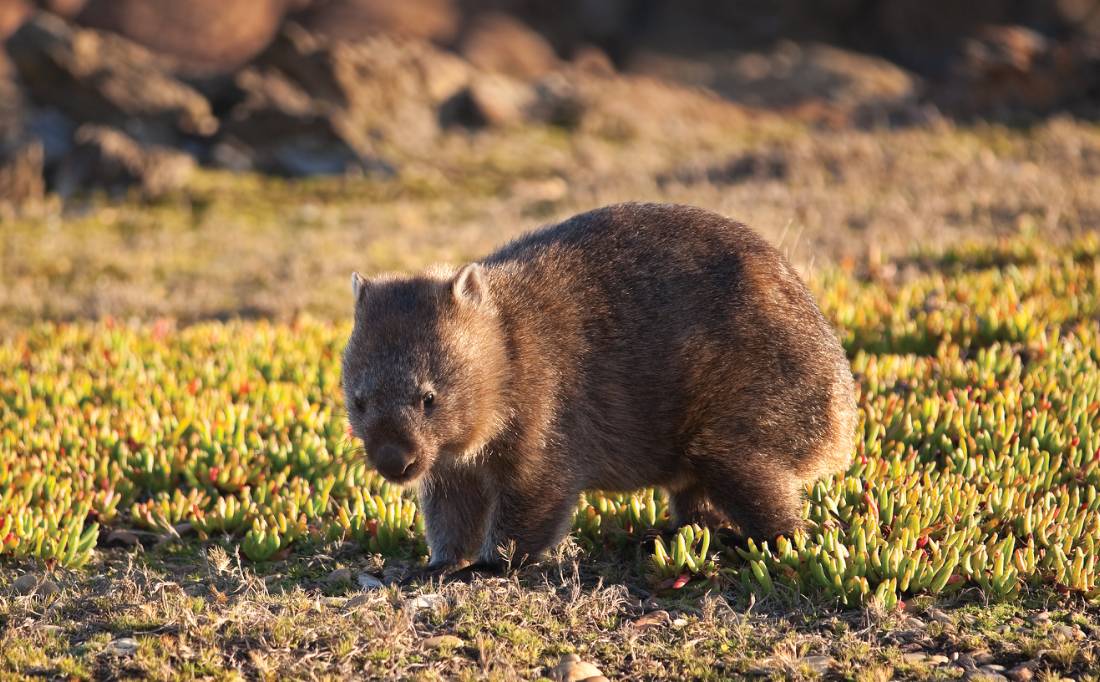
Tasmania is the world's 26th largest island
Tasmania has an area of 90,758km2 located 240 kilometres off the southeast of Australia. There are 334 other islands that lie just off Tasmania, ranging from rocky outcrops to three sizeable, inhabited islands.
Want to visit one? Join on the Flinders Island Walking Adventure and explore the island’s rolling green pastures, abundant wildlife and birdlife.
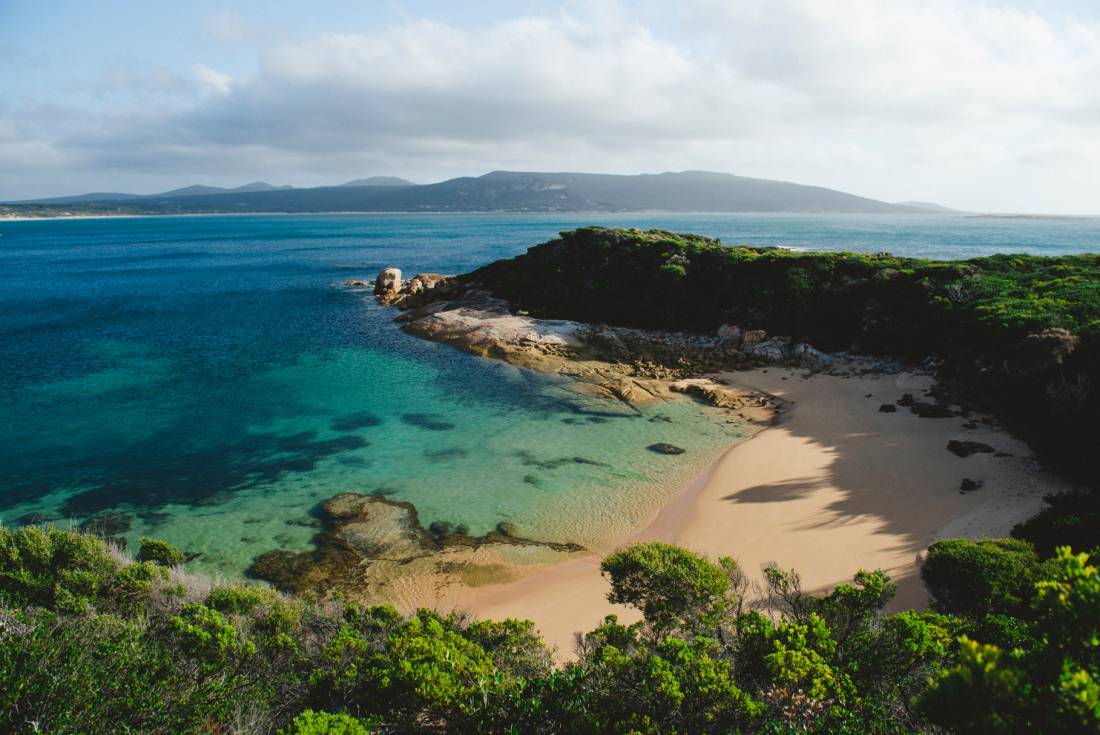
Tasmania has the world's cleanest air
Tasmania has the cleanest air in the world, monitored by the Cape Grim Baseline Air Pollution Station. The lack of pollution is due to the position of Tasmania in the Southern Ocean, far from other landmasses.
The Cape Grim station is located in the path of the Roaring Forties, which are strong westerly winds that carry pollution-free air thousands of kilometres across the Southern Ocean.
You can take in the fresh air from some of the most remote and southernmost points of the island along the epic South Coast Track.
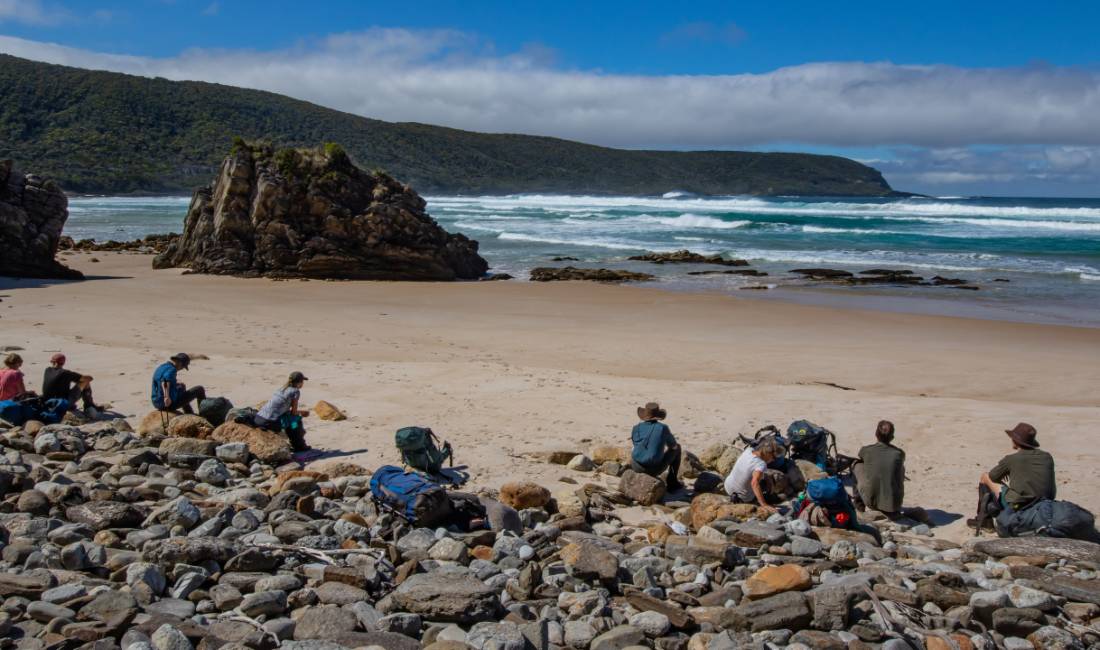
Tasmania was first “discovered” on November 24, 1642, by Abel Tasman
Although Aboriginal people have lived in Tasmania for at least 35,000 years, Abel Tasman, a Dutch explorer, was the first European to “discover” Tasmania.
He named it Anthoonij Van Diesmenslandt or “Anthony Van Diemen's Land” after the sponsor of the exploration, Anthony Van Diemen (who was also the governor-general of Dutch East Indies currently known as Indonesia).
Despite the official name of Van Diemen's Land, usage of the alternative 'Tasmania' gradually grew, and on January 1, 1856, it was officially renamed Tasmania.
Tasmania is known to the Aboriginal people as 'Trowunna', 'Trowenna' or 'Loetrouwitter'
More than 20% of Tasmania is Tasmanian Wilderness World Heritage Area
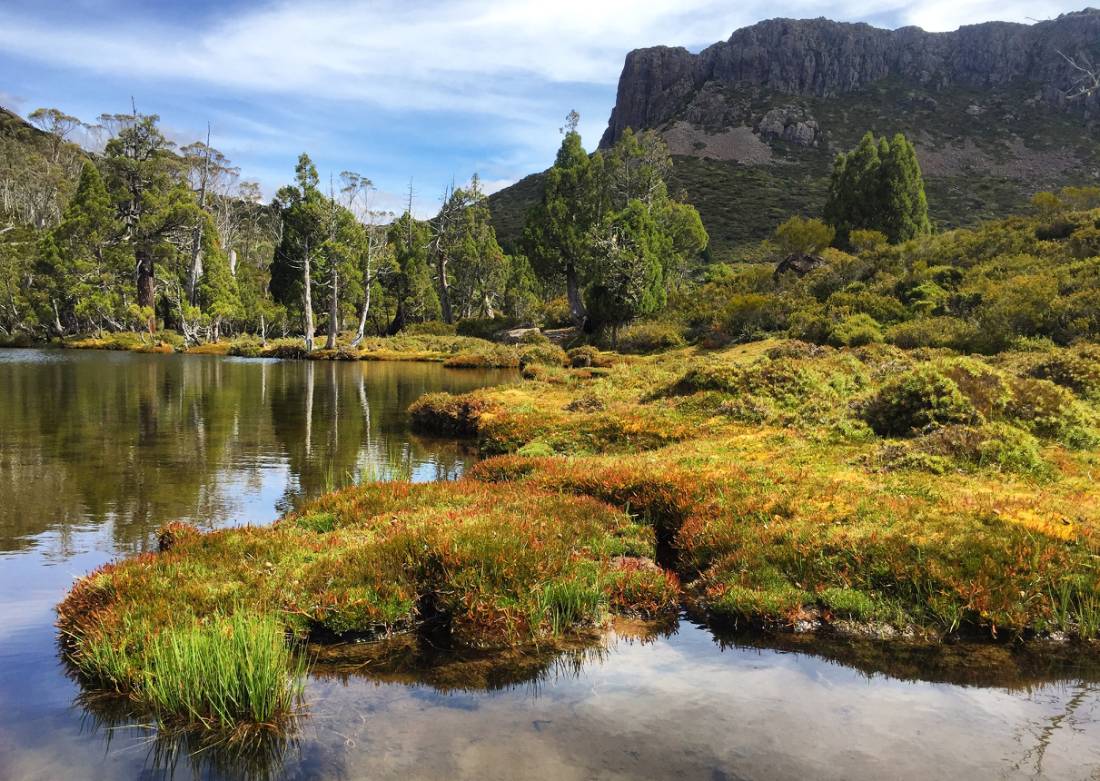
At least one-fifth of Tasmania is a World Heritage Area. The area which covers 1.58 million hectares includes national parks, marine, and forests reserves.
This means that 20% of the land is a World Heritage Area, which extends far south of Tasmania to the Cradle Mountain in North West, and many of the remote destinations that are untouched and unspoilt are only accessible by foot!
Want one to explore? Experience Tasmania's remote World Heritage alpine wilderness – only accessible by foot – in the Walls of Jerusalem National Park.
Hobart is the second driest capital city in Australia
Hobart is the capital city of Tasmania, located in the south of the Island. And while Tasmania is known to be one of the wettest states in Australia, it may surprise some to know that Hobart is actually the second driest capital city in Australia, second to Adelaide.
Most people think that Tasmania is a wet and damp place, yet in Hobart, it's not the case. Hobart receives an average rainfall of 614mm of rain every year, unlike Brisbane which gets 1021mm per year.
Tasmania has the oldest trees in the world
Huon pine trees are located in Western Tasmania some of the oldest living things on earth. The Huon Pine tree grows very slowly; a 20-metre tree could be thousands of years old.
While the oldest individual tree or stem on the site may now be 1000 to 2000 years old, the organism itself has been living there continuously for 10,500 years.
You can see some of the world's oldest trees and even hug an 800-year-old ancient Myrtle tree in the Tarkine Rainforest.
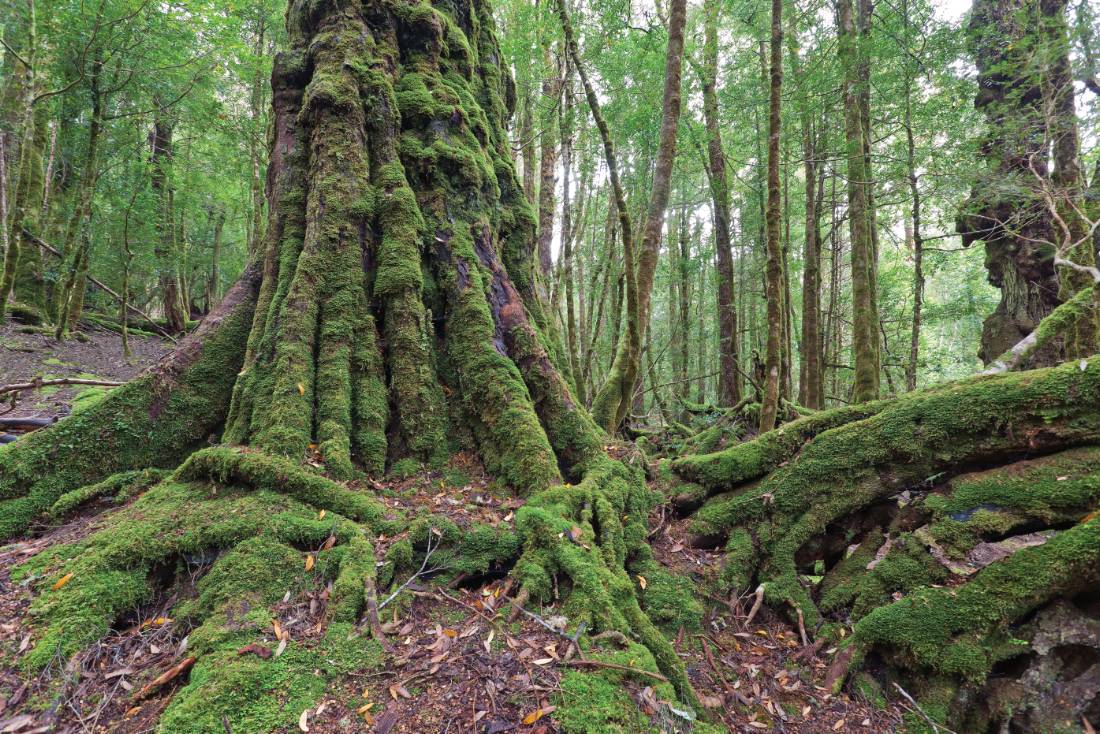
Tasmania has dense rainforests
Tasmania has a lot of thick vegetation. Some of the species found in the rainforest include eucalypts which are the tallest trees in the Southern Hemisphere and the biggest in their world. They are 89 meters tall and 10 meters wide.
Other unique species include the myrtle, blackwood, sassafras, leatherwood, celery top pine, Huon pine and King Billy pine.

The Tasmanian Devil is the largest carnivorous marsupial in the world
The “Tasmanian Devil” is only found in Tasmania and is the world’s largest surviving carnivorous marsupial.
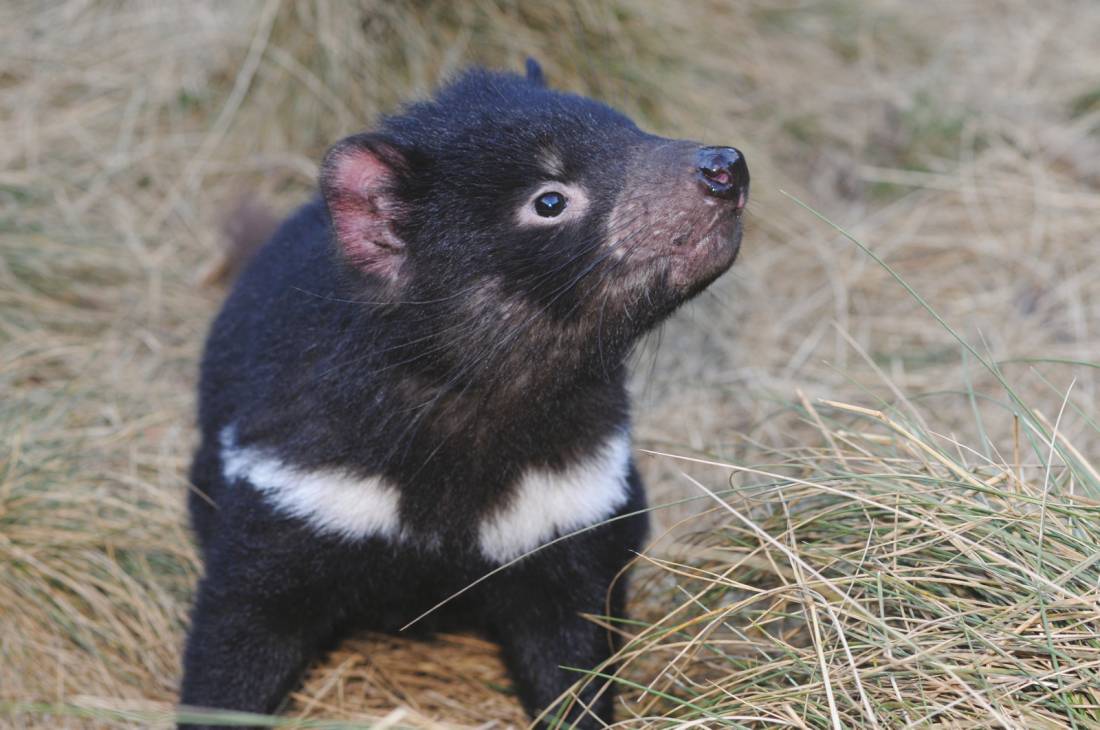
Officially listed as an endangered species, new research shows that Tasmanian Devils are developing a resistance to the facial tumour disease that has heavily influenced the decline of the species by more than 80% since first found 20 years ago.
Tasmania has over 2000km of walking tracks and 18 national parks
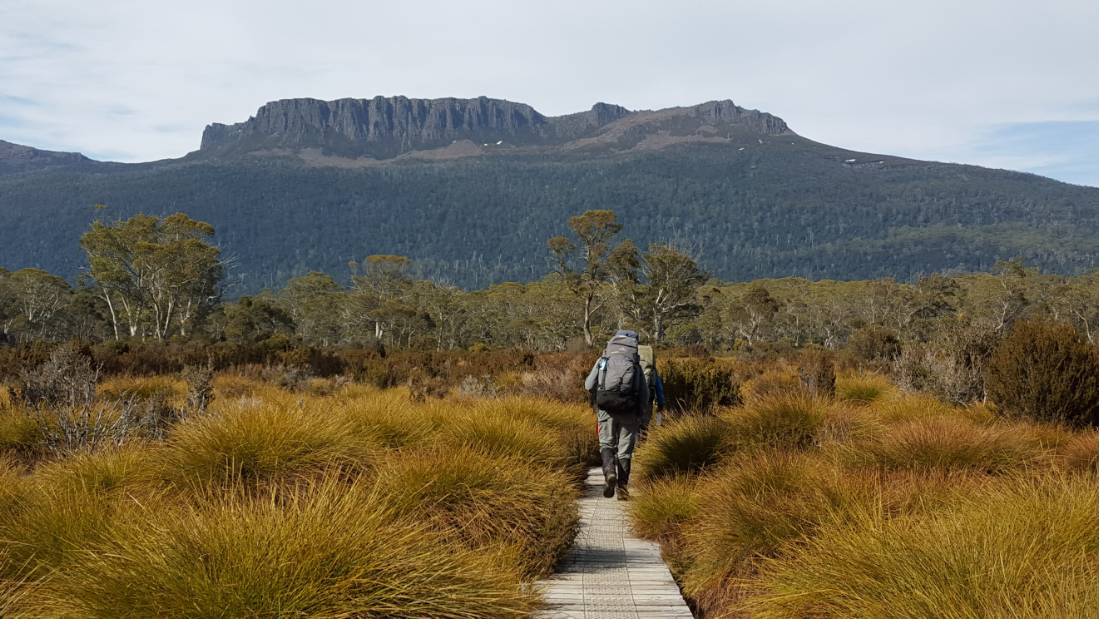
With more than 2000 kilometres of walking trails, you can experience World Heritage beauty, incredible coastlines and amazing scenery of ancient rainforests on a variety of tracks.
You can explore over 300 of the most beautiful kilometres on earth on one of the Great Tasmanian Walks.
Mount Ossa is the highest mountain in Tasmania
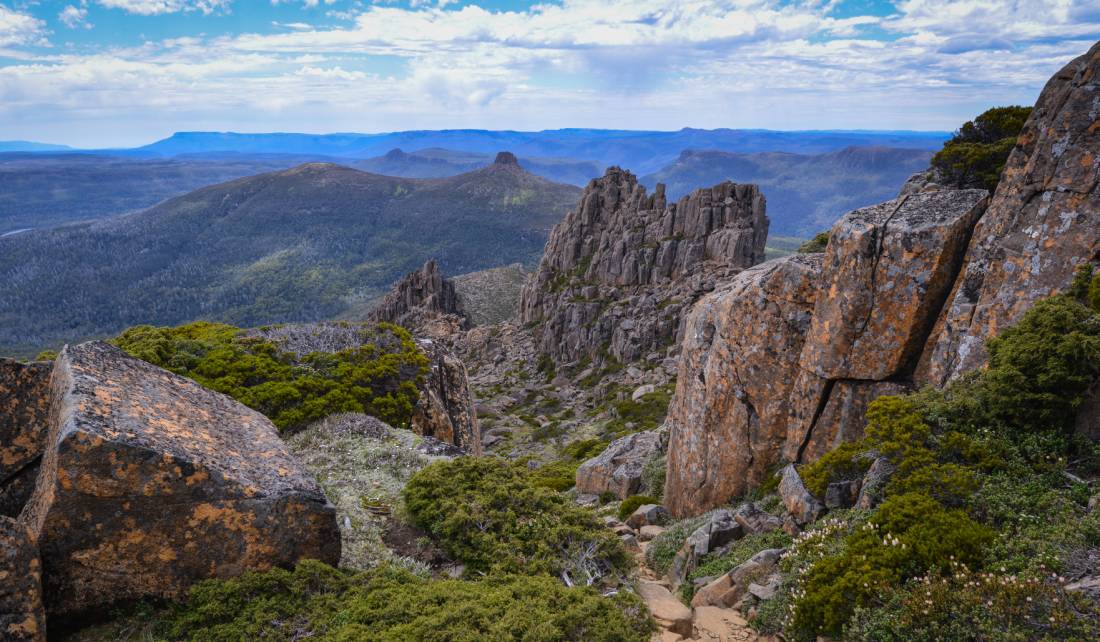
Mount Ossa is located in the heart of Cradle Mountain and Lake St Claire National Park and stands tall at 1617 metres.
Trekkers can summit Mount Ossa while on the Overland Track, and be rewarded with 360-degree views of Tasmania’s north-west, (with visibility of nearly 30km on a clear day!). Tasmania has a never-ending display of wonderful nature; from beautiful islands to spectacular wildness and stunning coastlines.
Start planning your next adventure to experience some of the most spectacular and remote locations today – from adventuring in the scenic Freycinet National Park, pedalling along the stunning East Coast by bike or kayaking among the incredible Three Capes, there are a number of ways to actively experience the best of Tasmania.
You can find an adventure for all ages, including meaningful learning experiences for students with our sister division, World Expeditions Schools.